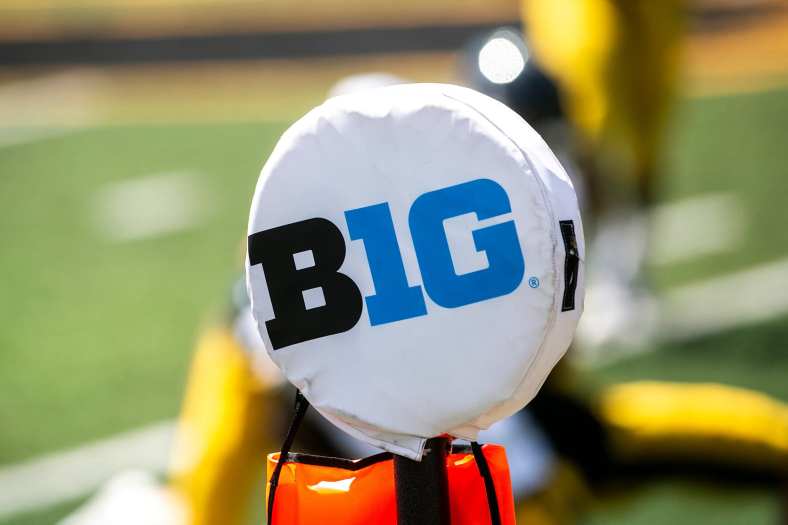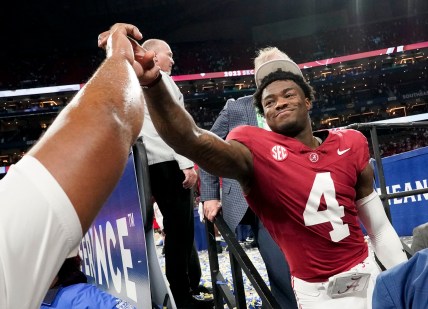
The Southeastern Conference (SEC) is viewed as the king of college football. Soon, the Big Ten Conference will belong in the discussion with the help of upcoming TV deals for broadcasting rights to football games.
As the bidding war intensifies for TV rights to both NFL and college football games, leagues and conferences can ask for record-setting figures. Competition from the likes of Apple and Amazon is forcing networks like Fox, Disney, CBS and NBC to step up their offers. Count the Big Ten among the biggest beneficiaries.
Related: Highest-paid college football coaches, Big Ten among leaders
Michael Smith of the Sports Business Journal spoke to multiple sports-business sources who all firmly believe the Big Ten will eclipse more than $1 billion per year in its upcoming media-rights deals. If that happens, it would become the first conference to reach that milestone.
The conference’s current contracts don’t expire until the end of the 2022-’23 season and ESPN currently holds an exclusive window for negotiating rights. However, SBJ’s John Ourand reports the network likely will leave that window without a signed contract.
Related: See where Big Ten teams land in 2022 college football rankings
There’s simple reasoning for the Big Ten. Conference officials know NBC, CBS and Fox are all more than willing to get into a bidding war with Disney. Because Disney of Disney’s $3 billion deal with the SEC, marquee regular-season games between the likes of Ohio State and Michigan are unlikely to wind up on ESPN in the years to come.
Currently, Fox is the conference’s primary partner with the best games every year. It’s the biggest part of their Big Noon Saturday and considering Fox’s noon window on Saturdays averaged 5.75 million viewers (Sports Media Watch), that’s worth a massive price tag.
Ultimately, the Big Ten will be able to divide up its games for the 2023 season and beyond with long-term deals signed by multiple networks. When the final tabs are totaled, the conference will likely pull in $1-plus billion annually in television revenue and that will go a long way for the athletic programs.
For now, student-athletes still won’t receive that money directly with it being funneled to coaches, stadium enhancements and upgraded team facilities.
